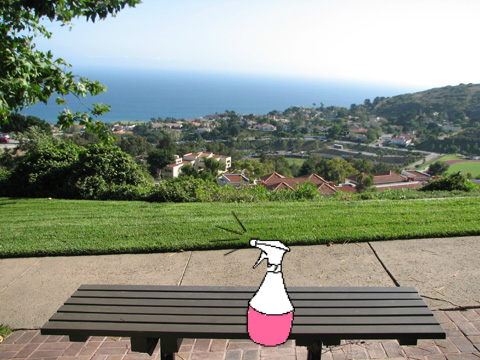Robo MagPi - The Glass Shard Detector & Protector
The Project
Robo MagPi is a glass shard detecting robot designed to automatically find broken glass and vacuum it up. Glass causes severe injuries, with many children ending up in hospital every year because of serious cuts from small pieces of broken glass on the floor around the home. The problem is it is very difficult to find tiny pieces of transparent glass. This is where the Robo MagPi comes in. It was inspired when 7-year-old Donal Logue cut his foot on a piece of broken glass on holiday when he was six-years-old. He remembered this when asked to come up with an idea for a robot to build in his coding club for Coolest Projects. Donal designed and built Robo MagPi (he named it after the myth of magpies liking shiny things) over four months with the help of his coding club (Scratch-Code-4-Kids). Driven by his passion to solve a serious problem, in a very short space of time Donal went from no knowledge of coding or electronics to building and coding a complete unique and functioning robot. The robot has three wheels powered by two motors that are coded with Scratch. Donal used an ultrasonic sensor attached to a servo to search for objects to avoid collisions. The robot uses a H-Bridge to connect the motors and a vacuum to a battery pack containing four 1.5 volt AA batteries. The vacuum is a repurposed computer keyboard vacuum. Attached to the vacuum is a pipe wrapped in aluminum wire to make it easy to position and hold its shape. The frame is made of meccano. A small mobile phone power bank powers the Raspberry Pi and Arduino. Donal had the idea to combine a light-dependent resistor (LDR) with an LED light to shine light on the floor and detect any light that reflects back from broken glass. For safety reasons the project used clear plastic sequins instead of real glass. Once the LDR senses a reflection it turns on the vacuum to suck the broken glass up. An Arduino was added because the Raspberry Pi does not easily support analogue inputs from the LDR. The Arduino code was modified from code used for solar garden lights, reversing the code so when bright it turns the vacuum on instead of when dark. Each of the 20 steps of the project were recorded in writing by Donal in a project journal, including diagrams, problem solving notes, and explanations. Additional videos and photos were also taken along the four month journey. Donal plans to continue working on the prototype to fine tune it and make additional improvements, and build new robots with his newly gained skills.
About the team
Team members
More cool Community projects

Robots in the future
Scratch

Dog
Web
